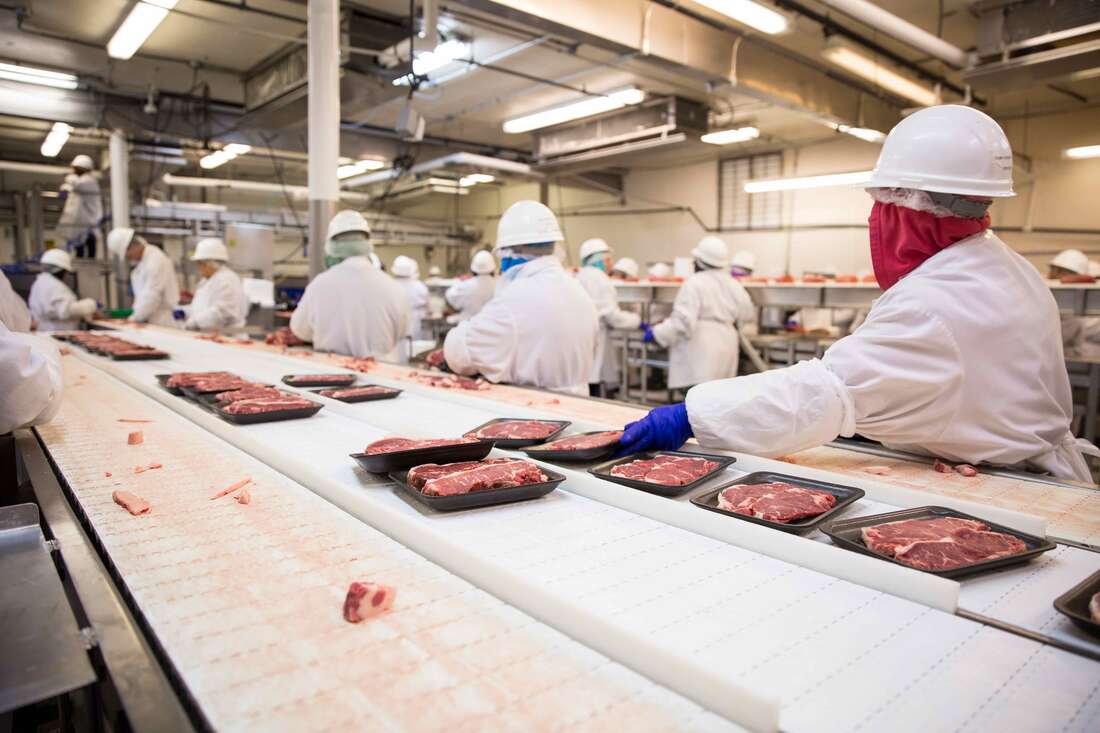Supply-Chain Struggles
Managing the rise in restaurant business amid ongoing challenges
|
After more than three years of pent-up demand consumers are returning to restaurants. But a confluence of challenges is making it difficult for foodservice businesses to meet that demand. A scarcity of labor, ongoing hitches in the supply chain, extreme weather and escalating prices are all posing problems – and that’s been true for businesses ranging from small mom-and-pop restaurants to massive global brands like McDonald’s and Starbucks.
|
|
Compounding the challenge is not knowing what items will be in short supply and when. That has led to situations in which operators may have sufficient ingredients to prepare a popular beverage on the menu, but insufficient cups in which to hold it. Earlier this year, for example, Starbucks reported that some of its stores were short on cups, plastic lids and syrups. More recently, it said it had ample cups but shortfalls of other products, such as oat milk. Taco Bell has run short on hot sauce. The challenge has been especially obvious for operators who specialize in a single food product, like chicken wings – or even simply chicken – and have needed to scramble to find serviceable substitutes or pay sky-high prices.
|
|
Meanwhile, many consumers have come to enjoy the convivence of ordering food to-go or delivery, which has placed increased pressure on the availability of packaging for off-premise food and drink. NPD Group reported that to-go orders accounted for nearly 81 percent of restaurant business in the 12 months ended June 30 – an increase of 18 percent compared to the prior-year period. Orders for carry out, drive-through and delivery have all increased, it said.
Some operators looking to source the packaging they need have encountered both scarcity and increased prices. At Noodles & Co., packaging costs have jumped 10 percent as compared to last year. Power outages in Texas resulted in chemical plant shutdowns and an ongoing shortage of the raw material resin used to manufacture the packaging. McDonald’s recently advised its restaurants to limit straw purchases because a U.S. supplier was unable to meet the demand due to a shortage of labor, rail disruptions, West Coast wildfires and resin outages. |
|
Foodservice providers are responding to this piling on of challenges in a range of ways. Many are increasing menu prices – McDonald’s, for one, recently said prices at its U.S. restaurants were up about 6 percent over the same period last year amid rising food costs and scarce labor. Others are removing items from menus and asking customers for patience while the industry works through widespread problems. Still others have had no option but to close operations temporarily. All told, there doesn’t appear to be a near-term end in sight for the current supply-chain difficulties – but operators should take some comfort in knowing that everyone is in it together and is eager to find solutions that will help usher in a stronger recovery.
|
We have your back

As the supply chain is being impacted by factors including labor shortages, extreme weather, gaps in the availability of raw ingredients, and a spike in demand from consumers returning to foodservice outlets, businesses at every link in the supply chain are feeling the stress. At a time when some foodservice operators have been completely dropped by their distributor(s), the strength of your partnerships is paramount. At the time of this writing, the average fill-rate from manufacturers to distributors was running below 85 percent. But the service level for Premier/Team Four members is considerably higher than this average. That is due to the work our distribution partner, US Foods, is doing to rebalance inventory to provide our members with the best possible service. In recent quarterly earnings releases, US Foods and Sysco disclosed their food cost inflation rates: 8.2 percent and 10.2 percent, respectively. To keep this in context, a normal food cost inflation would be in the 2-3 percent range. Team Four members have protection against this inflation with contracted manufacturer agreements (CMA). CMA’s give access to 350 vendors covering 105,000 products. Over the past 15 years, inflation on CMA products has been half of the inflation of non-CMA products. Our CMA contracts are firmly in place and while we will not know if that 50 percent “savings” rate is less or more until the current hyper-inflationary period has settled, we are confident that using CMA products is your best protection against inflation – and will offer extra security until we return to conditions that feel closer to normal. If you do not have these protections from your suppliers and partners, consider calling Team Four to see if you qualify for our programs.




